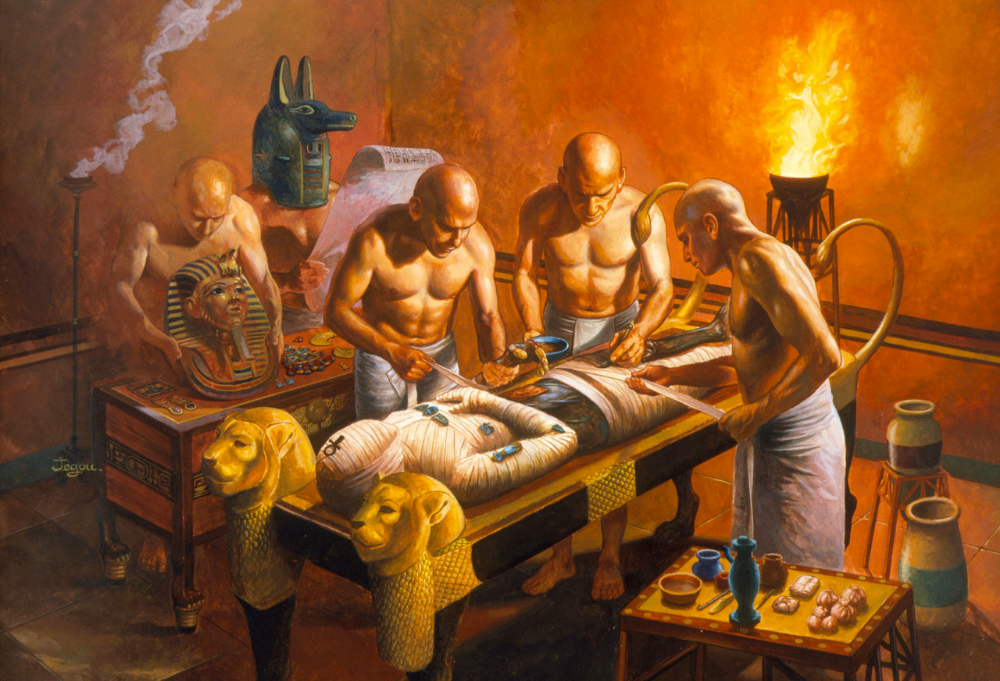- Joined
- Jan 9, 2013
- Messages
- 26,392
Wonder if they'd succeed at Mummification ....IMO, a LOST ARTAR
mudding, not spackling
lets get our terminology and processes correct, okay ?
And - yeah - those guys are incredible. The things they do with a joint knife,,,,,,,
















